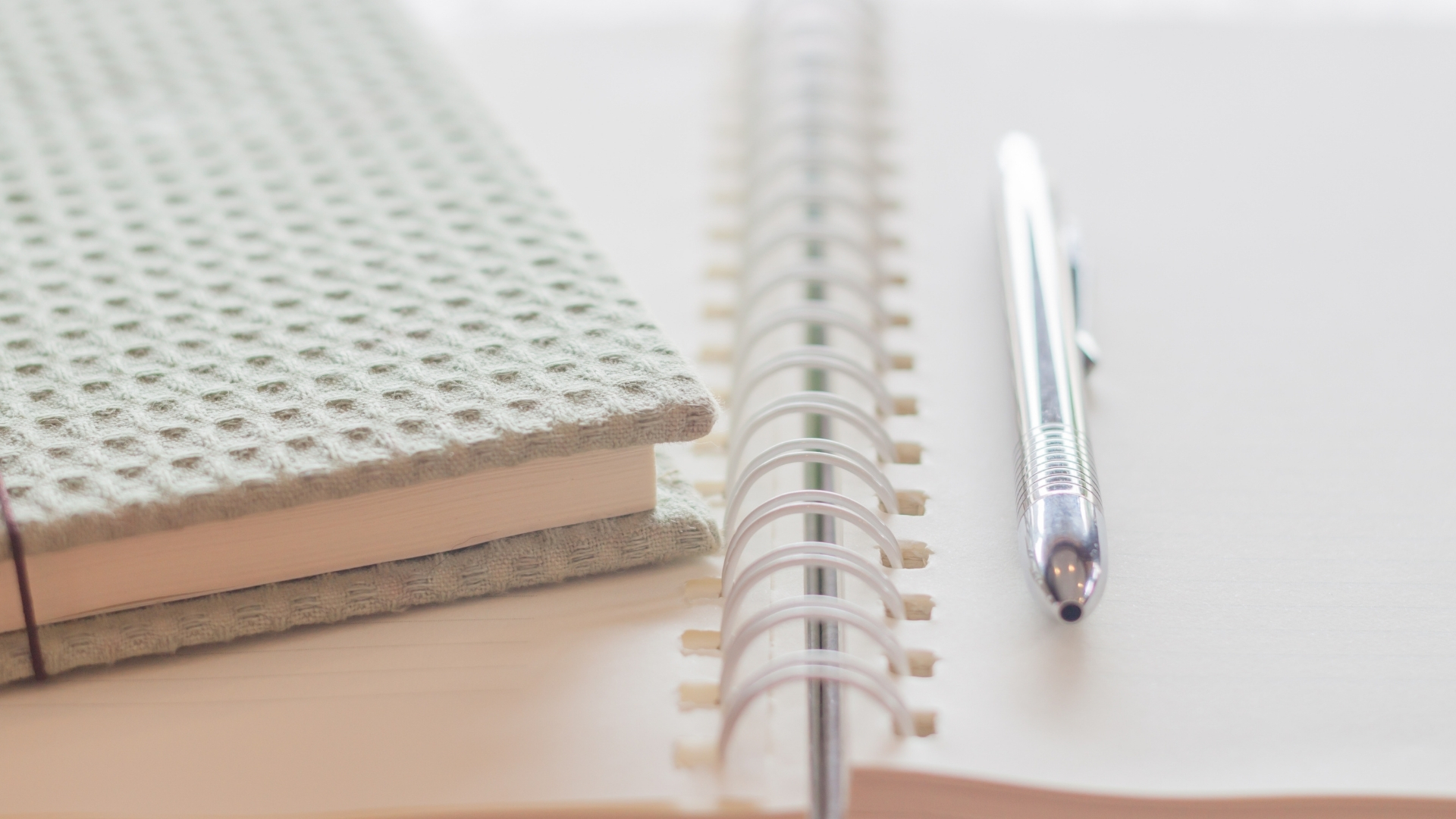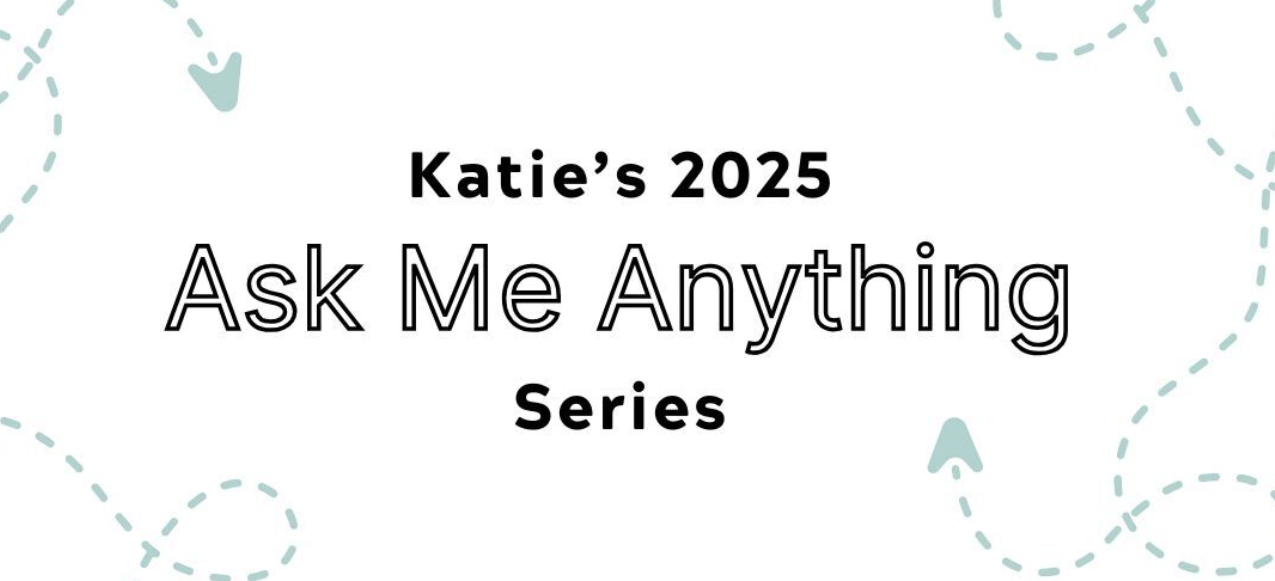After people find out that I have a daily journal practice, they often have a lot of questions.
I get it. Consistent routines and practices can be tough to start and even harder to maintain. I didn’t have a consistent journaling habit until the spring of 2019, so I have a lot of failed journaling attempts in my past.
I’ve found that journaling is a reflective tool that we can pick up at any time that we might need it, so you can start and stop a journal at any time that feels right for you.
In this post, I thought I would share some of the beginning steps that helped me to start a daily journaling practice in case they might be helpful to you as well.
- Decide on a journaling structure. There are lots of different kinds of journal structures: gratitude journals, 5-year journals, morning pages, etc. Some forms of journaling require just writing one line a day, or just a few sentences a day. I use Julia Cameron’s concept of “morning pages” from The Artist’s Way, so that means that I write in my journal first thing in the morning. Cameron recommends handwriting three pages, so that’s the structure that I use.
- Pick a time of day to journal. I’ve found that journaling at the same time every day has helped me to cement the routine into my schedule more easily. You could journal at any time of day that works for you, but consider how the structure of journaling you do might impact the time of day you want to write. For example, a gratitude journal might work well at the end of the day as a reflective tool.
- Choose a journal. I think a lot of people get hung up on finding the “right” journal, and there are a lot of possibilities out there. I went with this journal from Amazon because it was recommended by Austin Kleon. It has grid lined paper inside, is relatively small (so it’s easy to bring along when I travel), and fits about four months of entries inside. It also lays flat, which I appreciate so that I don’t have to struggle to write into the middle margins. The most important thing is that you choose a journal that you look forward to using.
- Pick your writing utensil. I’m not fancy when it comes to my journal writing tools — my preference is cheap ballpoint pens because they write the smoothest — but I do think it’s important to have something that you enjoy writing with if you are going to be using that tool consistently. I recently purchase this 60-pack of pens for less than $10.
- Don’t worry too much about what you write about. I get asked a lot about the kinds of things that I write about. The short answer? Whatever I want. Most days, I describe any memorable events from the previous day, reflect on any big ideas or challenges that are on my mind, and then process what is coming in the day ahead. Sometimes I use my journal to think through next steps on a project, reflect on goals for the upcoming month or quarter, or daydream about my 3–5 year plan.
- Feel free to use prompts. If you get stuck with what to write about in your journal, you can always rely on journaling prompts to get you started. For example, what are you most grateful for lately? What feels challenging for you right now? What are the favorite elements of your day? What are you most excited about related to your future plans? What are you trying to learn right now? What do you want to let go of?
- Take some time to review past entries. When I finish a journal volume, I try to take some time and read back through what I wrote to see if I can find any patterns or other interesting elements that jump out at me. For example, if I find that I’m repeatedly talking about the same topic but never making any meaningful progress on it, I might think about whether I want to make a change or take action on that topic.
Journaling is one of my favorite routines and it’s been a great method for clearing my head, processing challenging situations or problems, and celebrating important moments or wins. I’d love to hear if you have a journaling practice and what you find helpful about it. If you don’t have a practice, maybe these tips can help you to get started.



